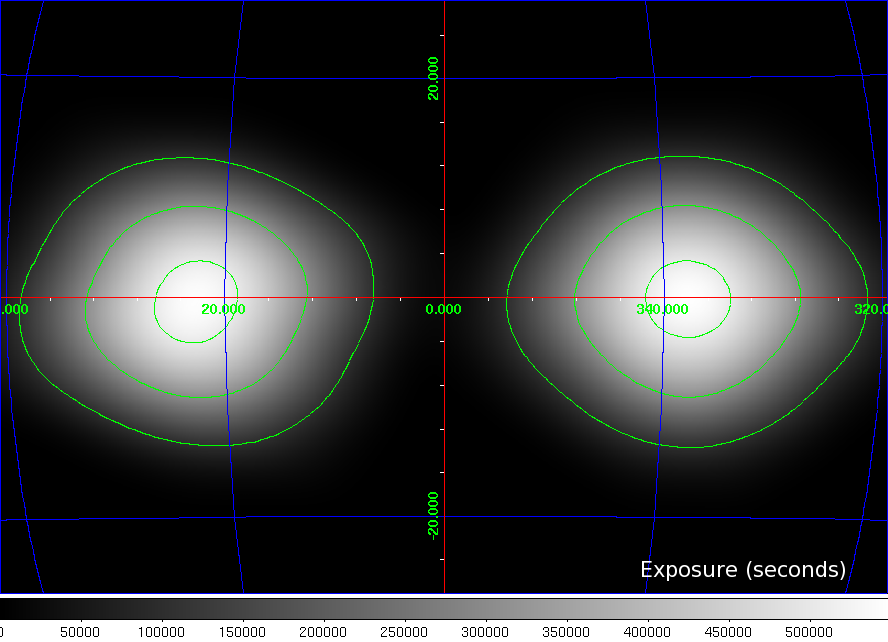Proposal Details - 0920015
INTEGRAL Monitoring of the Inner Spiral Arms (Bodaghee)
Proposal Abstract
A Key Programme is proposed for high-cadence monitoring of the inner spiral arms of the Galaxy with INTEGRAL paired with ToO observations of new transients with XMM-Newton (as well as with other telescopes). While these regions are already exposed thanks to the Galactic Plane Scans (GPS), many transients are being missed because of month-long gaps between scans of any particular region. The proposed program (25.6 ks per revolution, when visible, for a total of 1.2 Ms during AO9) will complement the successful Galactic bulge (GB) monitoring program (proposal 0920001) by extending the monitored region of the Galaxy to the Inner Perseus/Norma Arm tangents on one side of the GB, and the Scutum/Sagittarius Arms on the other. These fields are ripe with obscured high-mass X-ray binaries (HMXBs), Supergiant Fast X-ray Transients (SFXTs), as well as other hard X-ray emitting sources (e.g., microquasars, low-mass X-ray binaries, bursters, and magnetars) that INTEGRAL is well-suited to finding thanks to its large field of view and angular resolution at high energies. Source light curves in 2 energy bands for ISGRI and JEM-X will be provided to the community permitting rapid dissemination of results which will enable prompt follow-up of interesting events. This program will have an immediate and lasting impact on studies of transient and variable hard X-ray populations.
Observation Strategy (Recommended by TAC)
During the visibility periods, the inner-arm regions on opposing sides of the Galactic bulge will be observed once per spacecraft revolution: i.e., the Perseus/Norma Arms around (l,b)=(337.5,0); and the Scutum/Sagittarius Arms around (l,b)=(22.5,0). One standard HEX pattern (12.6 ks) per arm per INTEGRAL revolution is to be done, up to a total of 600 ksec per arm. At the end of each individual observation, the center of the HEX pattern is offset by 1 degree in order to overlap JEM-X and ISGRI pointings and help reduce imaging systematics.
Proposal grade: A
Data Rights (Recommended by TAC)
All data are public
Exposure Map
The exposure maps are in galactic coordinates using the Aitoff projection and units of seconds, and the colour scale is indicated at the bottom. The green lines provide the 100, 300 and 500 ksec contour.
